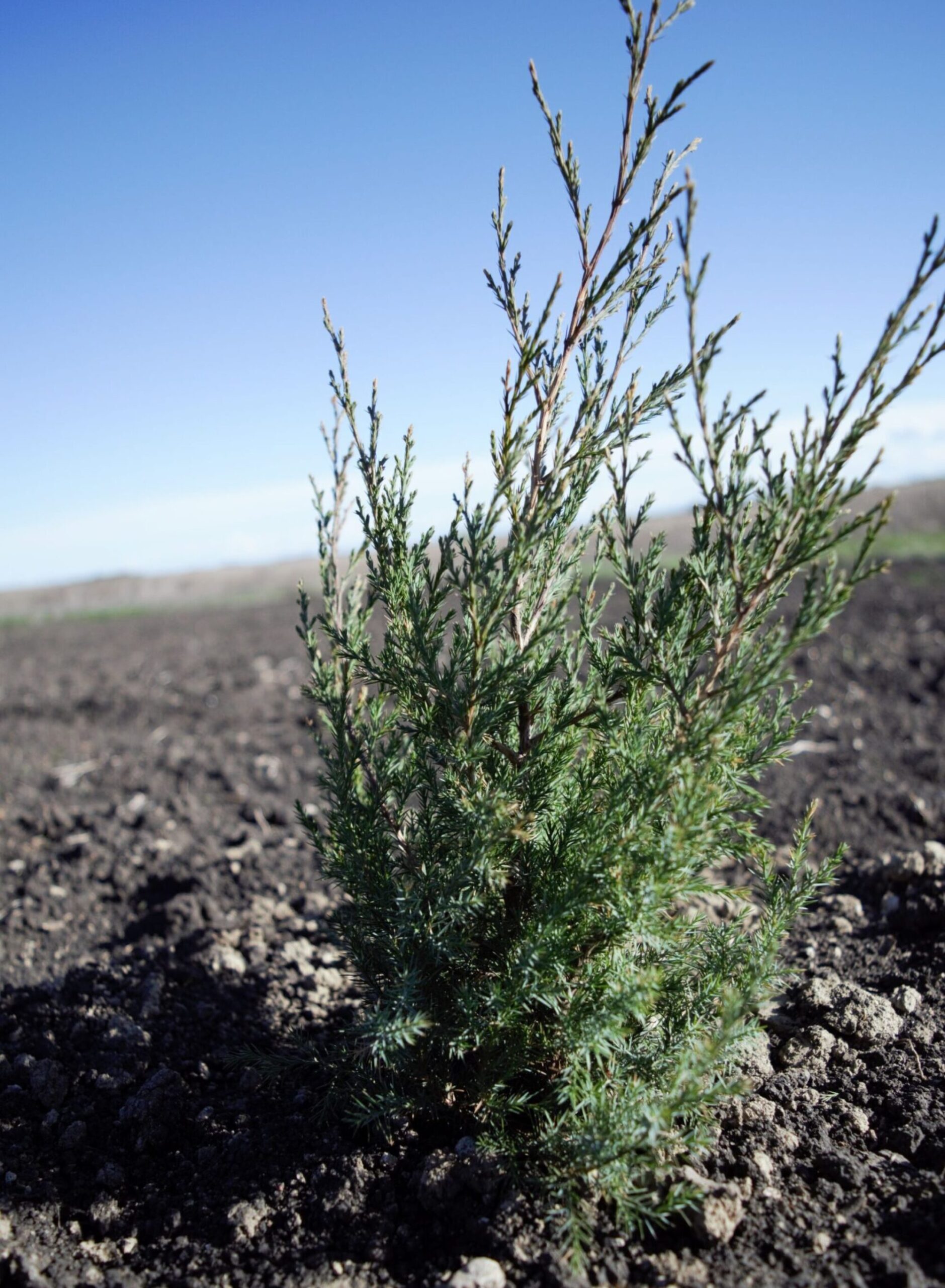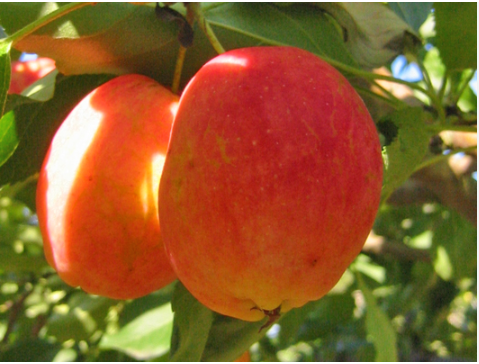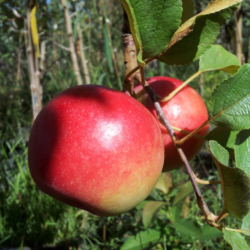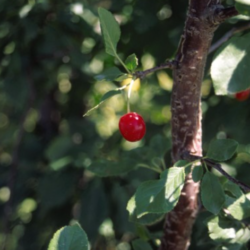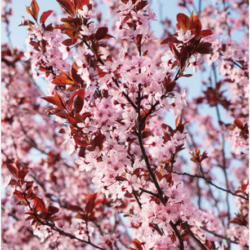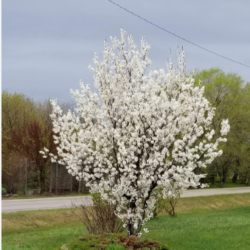Description
Key Facts
Scientific Name: Malus x ‘Centennial’
Common Name: Centennial Crabapple
Family: Rosaceae
Height: 15-20 feet at maturity
Spread: 15-20 feet
Leaf Shape: Ovate, with serrated edges
Bark Color: Gray-brown
Fall Foliage Color: Yellow to orange
Flower Color: Pink blossoms in spring
Fruit Color: Red
Growth Habit: Rounded, spreading canopy
Sunlight: Full sun to partial shade
Soil Preference: Well-drained, loamy soils
Water Needs: Moderate, prefers consistent moisture
Wildlife Value: Attracts pollinators such as bees; provides food for birds
Pest and Disease Resistance: Generally resistant to common crabapple pests and diseases
USDA Hardiness Zone: 4-7
Why You’ll Love It:
The Centennial Crabapple adds a splash of color to any garden with its vibrant pink spring blooms and persistent red fruit. Its ornamental value extends through the seasons, providing year-round interest. The tree’s hardiness and wildlife value make it a fantastic choice for enhancing garden beauty while supporting local ecosystems.
